Understanding Social anxiety disorder through the lens of Kanga
Kanga is a kind, loving, and gentle character from A.A. Milne’s Winnie the Pooh series. As the only female character and a mother to Roo, She is often depicted as a responsible, caring figure in the Hundred Acre Wood. While she has warm and nurturing qualities, her portrayal hints at deeper struggles beneath the surface. If we look closely, Kanga shows characteristics that align with what we know today as Social Anxiety Disorder (SAD), a psychological condition marked by an overwhelming fear of social interactions and judgement.
In the whimsical world of Winnie the Pooh characters are often portrayed with distinct personality traits that align with various mental health conditions. For instance, Eeyore is the picture of chronic depression, while Tigger exhibits symptoms of Attention-Deficit/Hyperactivity Disorder (ADHD). Similarly, Kanga’s behaviours — her cautious nature, protective tendencies, and subtle discomfort in social settings — can be understood through the lens of social anxiety. So let us explore Kanga’s character as a unique representation of Social Anxiety disorder and see how she personifies someone living with SAD.
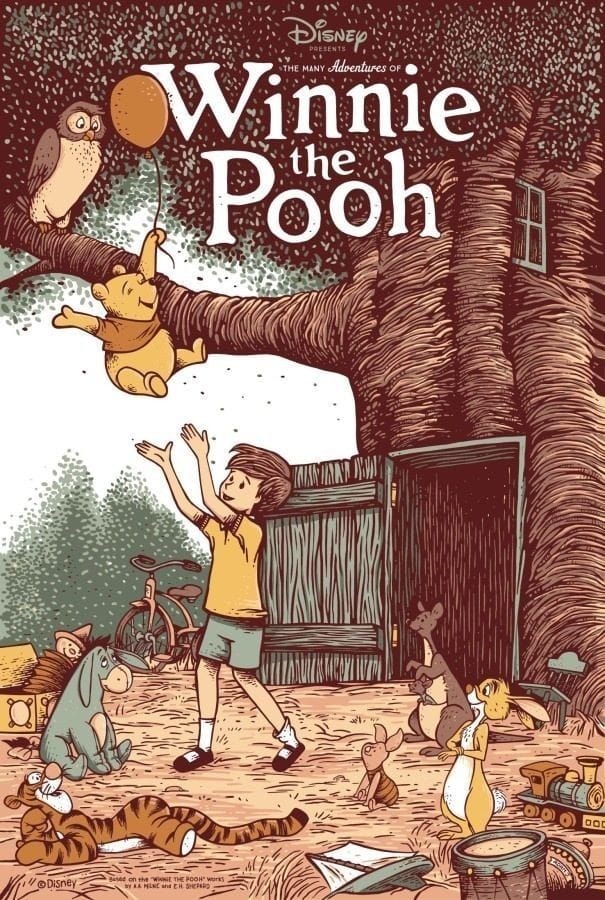
Definition
Social Anxiety Disorder (SAD), also known as Social Phobia, is characterised by an intense, persistent fear of being watched, judged, or embarrassed in social situations. The fear can be so overwhelming that it affects a person’s daily life, including their relationships, work, and social engagements. People with SAD often avoid situations where they might interact with others, worrying that they will make mistakes, be criticised, or be humiliated. The fear of negative evaluation is at the core of this disorder.
Kanga’s tendency to isolate herself and Roo from others can be seen as a form of social avoidance, which is one of the hallmark symptoms of SAD. In multiple episodes, Kanga is overly cautious about who interacts with Roo and how they do so. She tends to overanalyze situations, often worrying about Roo’s safety, which is sometimes an extension of her fear of social interaction. For example, in the episode “Kanga and Roo Come to the Forest,” Kanga is initially reserved and highly cautious of the other inhabitants of the Hundred Acre Wood, which could be seen as her fear of being judged by the others.
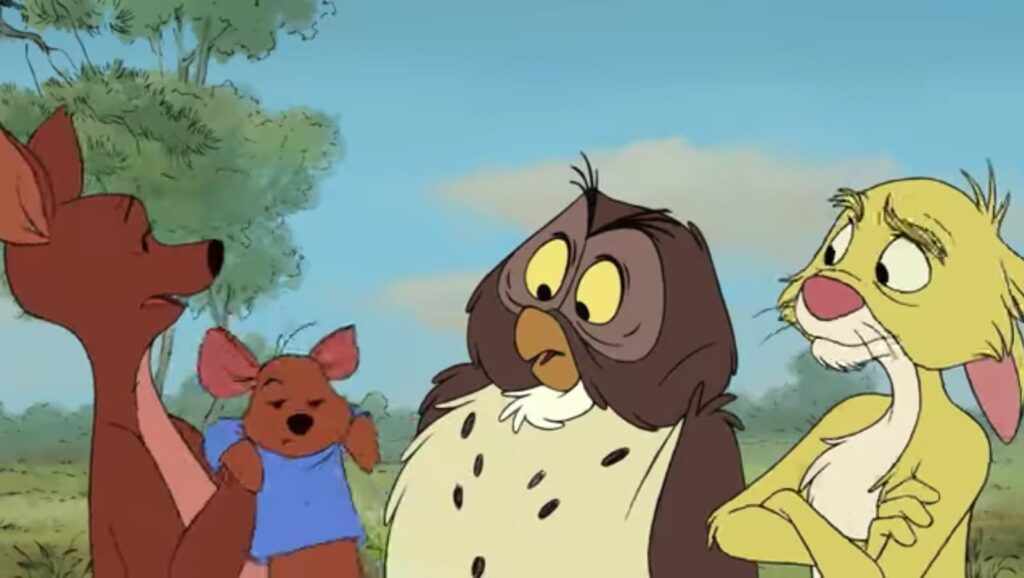
Diagnostic criteria
The DSM-5 outlines several criteria for diagnosing Social Anxiety Disorder:
- Marked fear or anxiety in one or more social situations.
- The individual fears acting in a way that will be negatively evaluated.
- Social situations almost always provoke anxiety.
- Social situations are avoided or endured with intense fear.
- The fear or anxiety is out of proportion to the actual threat posed.
- The fear is persistent, typically lasting six months or more.
- The fear causes clinically significant distress or impairment in social, occupational, or other areas of functioning.
Kanga exhibits marked anxiety, especially in scenarios where her parenting or decisions might be judged. Her worry about letting Roo play with others or trying new experiences with the group reflects her apprehension about social judgement. She constantly fears that she or Roo will be judged negatively, and doesn’t let Roo make decisions for himself. In one episode, when Rabbit tries to trick Kanga by swapping Roo with Piglet, Kanga plays along but is visibly uncomfortable and anxious about the other’s opinions, even though she remains polite. She often limits her social interactions to those she deems necessary. When faced with interactions she can’t avoid, she endures them with subtle anxiety, visible in her body language and hesitance.

The Aetiology of SAD
The aetiology, or cause, of Social Anxiety Disorder, is dependent on a number of factors, encompassing genetic, environmental, and psychological factors. Individuals with SAD often have a family history of anxiety disorders, and environmental influences like childhood trauma or overprotective parenting can contribute to the development of the disorder. Negative social experiences, such as bullying, can further exacerbate the condition.
Kanga’s overprotectiveness towards Roo might stem from a fear of social rejection or past negative experiences. Although her background is not deeply explored in the series, we can speculate that Kanga’s careful, sometimes overcautious, behaviour may result from her past traumas or experiences of social isolation. Her role as a mother could intensify her anxiety, as she feels responsible not only for her own social interactions but also for Roo’s.
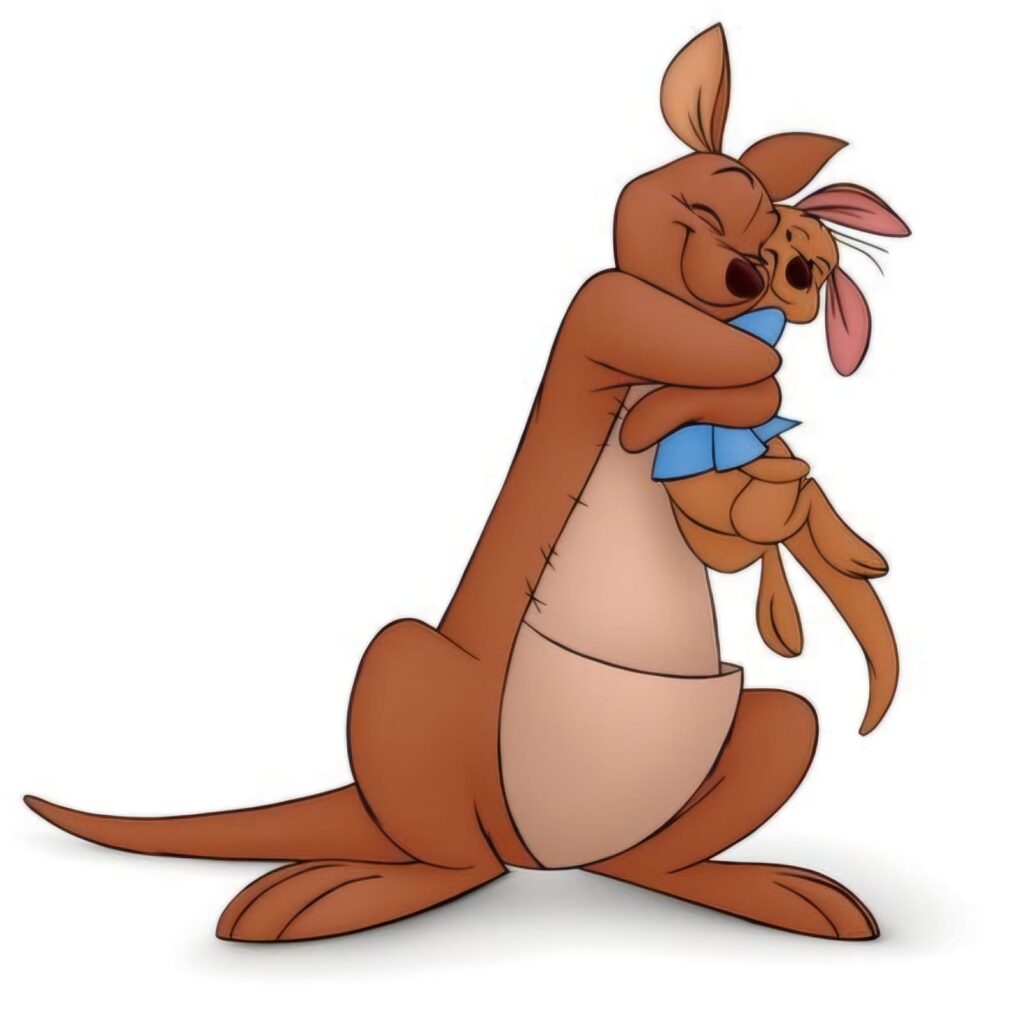
Pathophysiology of SAD
The pathophysiology of SAD involves an overactive amygdala, the brain’s fear centre, which causes heightened responses to perceived social threats. People with SAD often have an exaggerated response to social situations, viewing them as more dangerous or embarrassing than they are. Additionally, the prefrontal cortex, responsible for regulating emotions, may not effectively control the overactive fear responses.
Somatic Symptoms of SAD
SAD often manifests with physical or somatic symptoms, including trembling, sweating, a rapid heartbeat, Difficulty in speaking, Feeling as if your mind goes blank or nausea in social situations. These symptoms can become a source of distress and embarrassment, reinforcing the cycle of social avoidance.
While Winnie the Pooh is a children’s series and doesn’t explicitly showcase physical symptoms, there are moments when Kanga’s body language suggests discomfort. She often stands at a distance, holds Roo close to her, and has subtle gestures that reflect her unease in social situations, and even when she feels unease she keeps it to herself and tries to keep it to herself and tries to maintain her calm demeanour. Her cautious, sometimes stiff posture around others, especially when Roo is involved, may imply the presence of somatic symptoms like tension or nervousness.
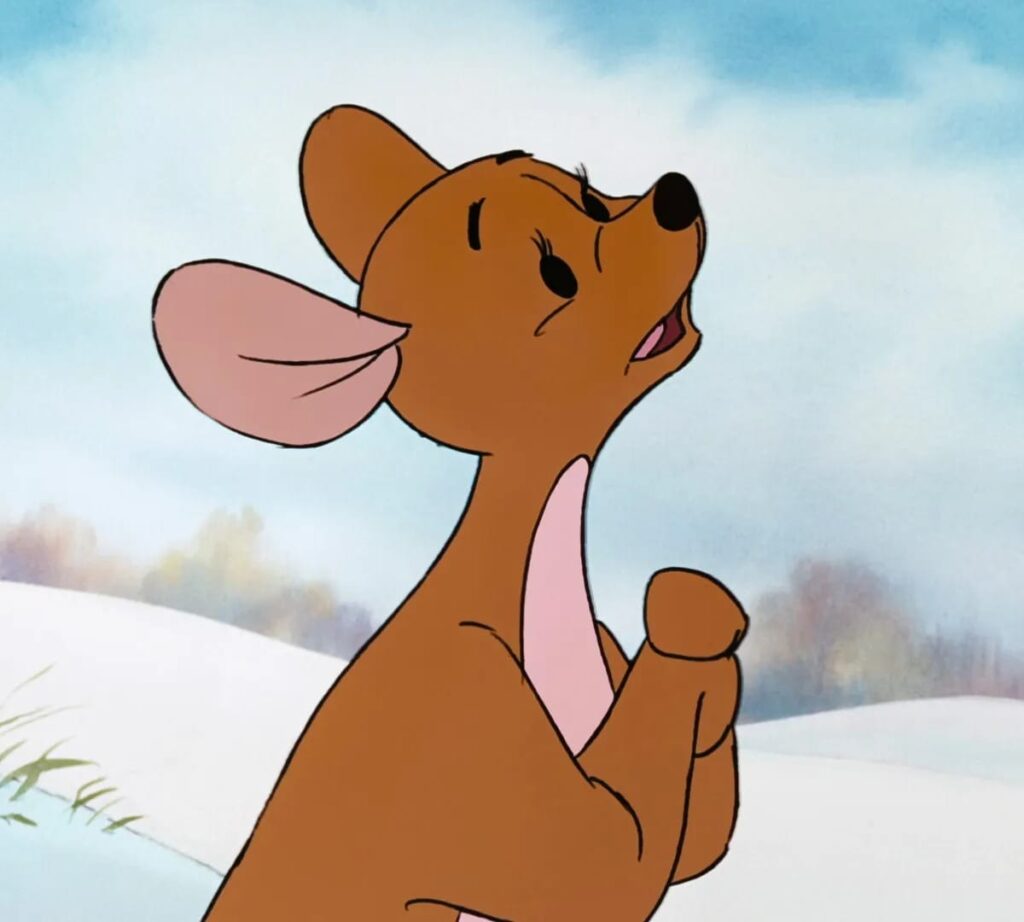
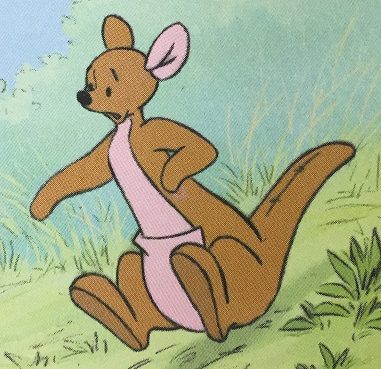
Treatment
- Psychotherapy
Cognitive behavioural therapy (CBT) is the most effective type of psychotherapy for anxiety, and it can be equally effective when conducted individually or in groups. In exposure-based CBT, one gradually works up to facing the situations they fear the most. This can improve their coping skills and help them develop the confidence to deal with anxiety-inducing situations. One may also participate in skills training or role-playing to practice their social skills and gain comfort and confidence relating to others. Practising exposure to social situations is particularly helpful in challenging worries.
- Medications
- Selective serotonin reuptake inhibitors (SSRIs) are often the first type of drug tried for persistent symptoms of social anxiety.
- Paroxetine (Paxil) or sertraline (Zoloft).
- Serotonin and norepinephrine reuptake inhibitor (SNRI) venlafaxine (Effexor XR) also may be an option for social anxiety disorder.
Kanga seems to manage her social anxiety through avoidance and control, particularly by maintaining a close relationship with Roo and limiting social interactions. However, in certain episodes, we see moments of bravery where she confronts her fears. For example, when Kanga allows Roo to play independently with the others, it may reflect her gradual attempt to face her anxiety. While she lacks formal treatment, Kanga’s coping strategies can still be seen in how she interacts with her friends, prioritising Roo’s well-being over her own fears.
lessons about coping with SAD that can be learnt from Kanga
Kanga’s portrayal in Winnie the Pooh offers valuable lessons for individuals with Social Anxiety Disorder. One of the key lessons is the importance of gradual exposure to feared social situations. Despite her initial reluctance, Kanga slowly integrates into the social world of the Hundred Acre Wood, showing that avoidance is not always the best long-term solution. Additionally, Kanga emphasises the importance of a support system, as her relationships with the other characters, especially Roo, help her manage her anxiety. By watching Kanga’s journey, we learn that while fear of judgement and rejection is a significant part of SAD, it can be mitigated by facing one’s fears in small steps, fostering supportive relationships, and understanding that vulnerability is part of social interaction.
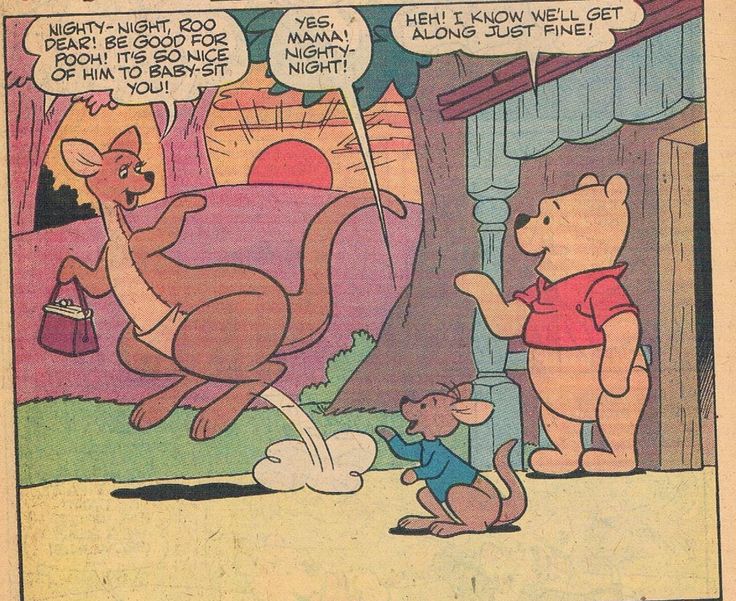
Conclusion
Kanga from Winnie the Pooh is more than just a nurturing mother; she’s a character who subtly represents Social Anxiety Disorder. Through her cautious and often anxious behaviour, Kanga gives us a lens to understand how SAD might manifest in everyday life.Kanga teaches us that while anxiety may always be present, it’s possible to find strength in relationships, face fears, and gradually integrate into social life with patience and care.
The world of Winnie the Pooh offers a gentle, yet profound, way of understanding mental health, and Kanga’s character serves as a reminder that even those who seem the strongest may be struggling with their internal battles.
Leave a Reply